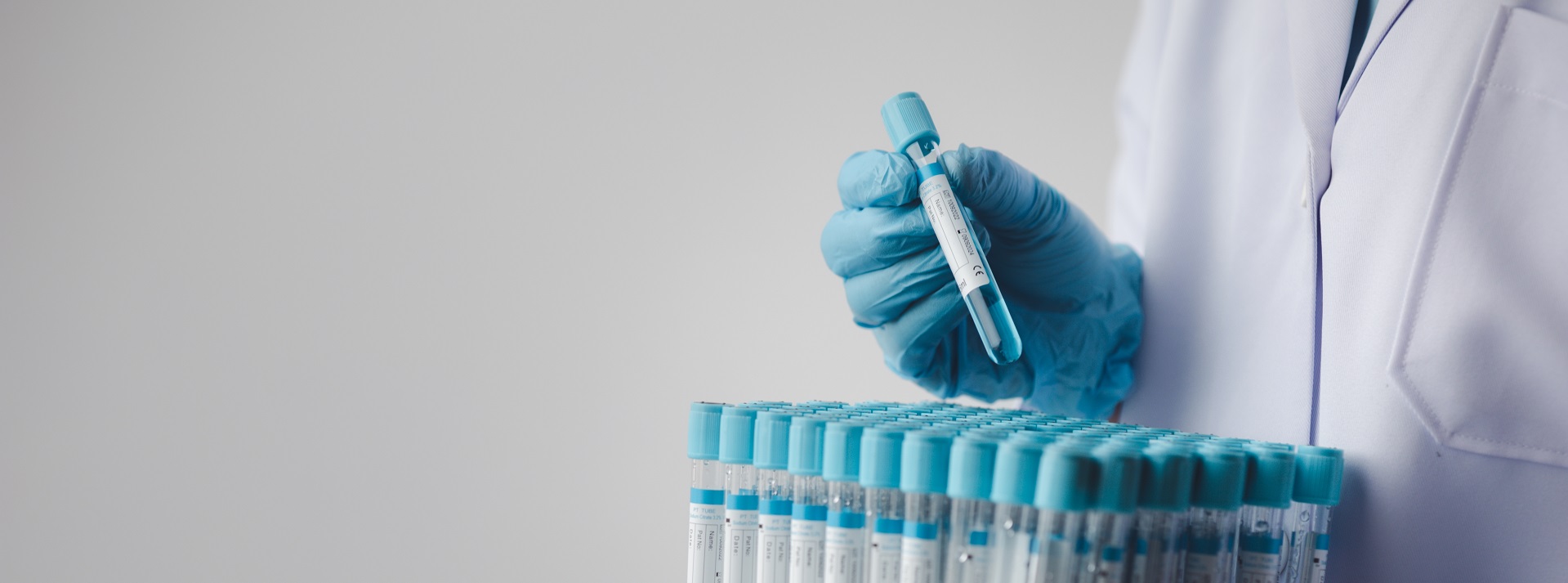Organoid models provide a groundbreaking method to reproduce the cells and tissues making up the human skin. Here at Protheragen, we focus on the innovative technology in organoid model development and its application in the understanding of rare skin diseases and their pathophysiological processes. Our clients from the pharmaceutical industry or in need of innovative drug development and regenerative medicine are empowered by our solutions.
Introduction to Kidney Organoid Models
Kidney organoids are three-dimensional, multicellular structures that imitate not only the morphological but also the functional diversity of the native renal tissues. Together with induced pluripotent stem cells (iPSCs) of a patient, they are derived and then allow the modelling of a patient's specific stem cell enabling the study of all aspects of kidney development, disease processes, and therapeutic methodologies.
 Fig.1 An approach to generate higher-order structure of the kidney in vitro. (Nishinakamura, 2019)
Fig.1 An approach to generate higher-order structure of the kidney in vitro. (Nishinakamura, 2019)
Kidney Organoid Models for Kidney Diseases
Currently existing innovations have improved the reproducibility and scalability of kidney organoid systems. Updates comprise the introduction of improved differentiation protocols, vascularization of tissues, and new imaging modalities that allow for the analysis of sequences as they are formed. Highly efficient disease modelling and functional testing are provided through single-cell RNA sequencing and CRISPR-based editing of genes.
Table1. Kidney organoid models of disease. (Romero-Guevara, Ioannides and Xinaris, 2020)
| Model-disease type |
Outcomes |
Limitations and challenges |
Future perspectives |
| Mucin 1 kidney disease (MKD) |
MKD patient-derived kidney organoids replicated Muc1 mislocalization and mirrored BRD90 drug responses observed in preclinical/clinical studies. |
No functional assays, such as tubular absorption, were carried out in MKD organoids. |
Developing semi-automated culture systems and analysis approaches can make this system a valuable drug testing tool for MKD. |
| Polycystic kidney disease (PKD) |
PKD1/PKD2 KO organoids generated cysts amenable to high-throughput assays, uncovering non-muscle myosin's involvement in cystogenesis. |
PKD patient-derived hiPSCs did not sufficiently form cysts, hampering the application of this organoid system to study the genotypes of individuals. |
Tailoring culture conditions for cyst induction in patientderived organoids will result in a powerful assay to study disease progression and develop personalized therapeutic interventions. |
| ITF40 Nephronophthisis ciliopathic renal disease |
Kidney organoids derived from IFT140-mutated patient cells exhibited primary cilia and apico-basal defects in tubular cells, which were absent in CRISPR-corrected isogenic controls. |
Primary cilia and spheroid polarity defects were not present in all organoids, which limits the potential use of the system in drug screening applications. |
The creation of iPSC-derived organoids from patients with various NPHP gene mutations will contribute to determining the NPHP disease mechanisms as well as discern the variability of clinical phenotypes. |
| Podocalyxin deficiency |
Podocalyxin-KO organoids mirrored microvilli/podocyte defects observed in murine models, supporting their utility in human podocyte research. |
Loss of Podocalyxin leads to neonatal death making these deficient organoids useful for developmental biology, but less so for adult clinical diseases. |
Such patient-specific hiPSCs with PODXL variant of unknown significance (VUS) are tremendously valuable to study its putative role in disease progression. |
Applications of Kidney Organoid Models
Kidney organoids also have great promise in advancing research in dermatology by improving the modelling of human kidney tissues and promoting drug development. They are increasingly applied to study kidney diseases and evaluate novel therapeutics.
- Drug Discovery: Evaluation of candidate nephrotoxic compounds or those acting in atypical pathways of kidney disease.
- Disease Modeling: Recapitulation of genetic renal pathologies for pathogenesis investigation.
- Regenerative Research: Exploration of cellular repair processes and methods of tissue regeneration.
- Biomarker Identification: Confirmation of new biological candidates for treatment intervention.
Our Services
Protheragen provides services on the development of kidney organoids, including ASC/iPSC reprogramming, model for specific diseases, and analysis of organoid functionality. Using advanced differentiation methods and platform technologies, our models can serve for drug development and mechanism studies of rare kidney diseases in a cost-effective manner
Kidney Organoid Model Development Service
Protheragen offers specialized kidney organoid model development services tailored to meet various research needs.
Organoid Development for Various Rare Kidney Diseases
Why Choose Protheragen?
- Technical Excellence: Innovative organoid differentiation protocols guarantee high reproducibility and physiological relevance, verified by comprehensive functional tests.
- Customized Disease Modeling: Proactive models for rare kidney diseases utilizing gene edited mutations and platform technologies for drug development.
- Regulatory-Ready Standards: Compliance with best known industry practices for data and documentation integrity enables rapid preclinical translation.
- Integrated Expertise: Defined and open project terms, responsive processes to meet your timelines and research goals.
- Client-Centric Collaboration: Defined and open project terms, responsive processes to meet your timelines and research goals.
Protheragen is dedicated to offering comprehensive, one-stop preclinical development services, specializing in kidney organoid model development for rare kidney disease research. From diseases model development to drug safety evaluation, our services support every stage of your research process. If you are interested in our services, please don't hesitate to contact us.
References
- Nishinakamura, R. "Human Kidney Organoids: Progress and Remaining Challenges." Nat Rev Nephrol 15.10 (2019): 613-24.
- Romero-Guevara, R., A. Ioannides, and C. Xinaris. "Kidney Organoids as Disease Models: Strengths, Weaknesses and Perspectives." Frontiers in Physiology 11 (2020).
All of our services and products are intended for preclinical research use
only and cannot be used to diagnose, treat or manage patients.



 Fig.1 An approach to generate higher-order structure of the kidney in vitro. (Nishinakamura, 2019)
Fig.1 An approach to generate higher-order structure of the kidney in vitro. (Nishinakamura, 2019)

